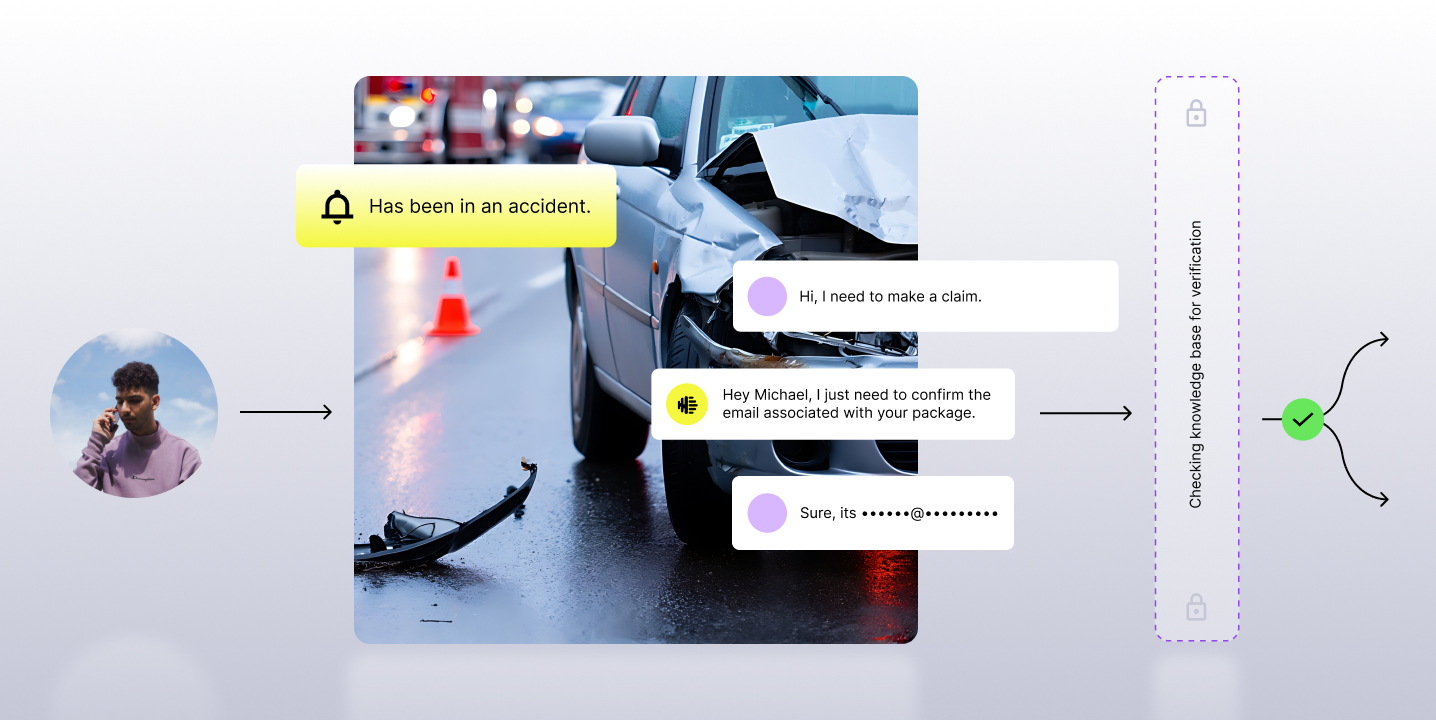Average Resolution Time (ART), also called time to resolution and mean time to resolution (MTTR), is the average time it takes for an agent to handle customer conversation via live chat. We walk through how to improve it. It is a critical customer service metric.
What is average resolution time (ART)?
Average resolution time (ART) is a live chat metric that is the average time it takes an agent to resolve a customer conversation, most commonly a customer service query or an inbound sales conversation.
Why average resolution time is important
In most cases, live chat agents are handling more than one customer conversation at a time during business hours. Despite that multi-tasking, customers contacting an organization via live chat are still looking for a faster experience, with 59% of customers opt to engage in live chat before they turn to voice channels (where average handle time (AHT) comes into play).
As a result, average resolution time is arguably the defining metric for live chat, for both sales and customer support/helpdesk use cases, reflecting agent preparedness, agent coaching impact, and operational efficiency. And a low ART heavily impacts overall customer experience and drives higher NPS scores.
How do you calculate average resolution time?
To calculate average resolution time, take the total duration of all resolved conversations then divide that number by the number of customer conversations that took place in a selected time period.
The result is your average resolution time (sometimes called ‘mean time’).

Time to resolution benchmarks
What is a good average resolution time?
The average benchmark for time to resolution across all industries is under 8:30 minutes. Recent benchmarking data varies by industry, but in terms of benchmarks for mean time to resolution
- All industries: under 8:30 minutes
- Retail and eCommerce: under 6 minutes
- Services: under 9 minutes
- Shipping and logistics: under 4 minutesAv
- Telecommunications: under 9 minutes
- Financial services and banking: under 5 minutes

Best practices for reducing resolution time
Unlike a phone conversation where the agent is only handling a single conversation at a time, web chat agents often handle up to three simultaneously. And that can heavily impact average resolution time (ART) - the duration of an entire customer conversation.
But the same things that impact average handle time (AHT) on a call affect ART - supervisor escalations, no response past a certain time threshold (normally 10+ minutes), a static internal knowledge base (IKB), and process inefficiencies.
In order to improve your average resolution time, you first must monitor the most critical KPIs that influence overall resolution time. By monitoring these KPIs on 100% of the customer live chat conversations taking place, you’re able to better tailor and personalized your coaching programs, provide feedback back to product, and identify and mitigate any operational inefficiencies that impact an agent’s ability to do their job.
Let’s look at a few:
Properly training agents de-escalation techniques
Supervisor escalations significantly increase resolution time, so training agents on how to effectively de-escalate is key. By knowing what macros work best, consistently updating your IKB (both in terms of content and navigation), and removing redundant workflows, you’ll better equip your agents to de-escalate difficult situations or unhappy customers. Read more on supervisor escalations here.
Improving agent empathy
Agent empathy is an important agent soft skill for customer service teams. Driven through empathy statements, agent empathy better connects agents and customers to build rapport and show that the agent truly cares about the customer, resulting in a more positive customer experience.
As a result, both customer support and outbound sales organizations should monitor for empathy statements on every customer conversation taking place, consistently assess the impact of each, and coach agents on which ones and when to use them.
Reducing ‘going dark’
On a voice call, when an agent stops talking, it’s called dead air. Same goes for web chat - when an agent stops responding to a customer with no context as to why, that’s going to frustrate the customer. The secret lies in keeping the customer engaged, and knowing that your agent cares about their time.
Common methods include leveraging auto-responders with FAQ documents or intake forms, frequently informing customers on progress, using appropriate phrases, and providing time frames and reasons for waiting are common ways to manage customer frustration.
Improving your internal knowledge base (IKB)
The IKB provides an easy-to-access resource hub for agents - but it’s critical to not just ensure that agents are properly trained on how to utilize it, but also that it’s consistently maintained with the most up-to-date information and assets to help agents more efficiently handle customer conversations.
Coach for a one-call-close (for the revenue-generating organizations)
Web chat provides a channel for high-volume sales - and it’s active, accessible, and proactive. So to improve average resolution time (in this case, time to close), you need to know what chat agents are doing that leads to that one-call-close. This includes:
- Sales script adherence and improvement: teams can ensure that agents are using sales scripts, monitor the impact of those scripts, and surface areas of improvement.
- Implementing personalization: teams can close more business by leveraging information in chats (collected via bots or forms) to provide more personalized support.
- Accelerating agent onboarding: teams know what to coach on and are able to monitor agent improvement from day one. That means agents closing more business quicker.
We've got more ways to improve ART
Check out our new guide Beyond voice: 5 ways to uncover critical insights on web conversations, and we'll show you how to operationalize your sales and support conversation metrics.

















